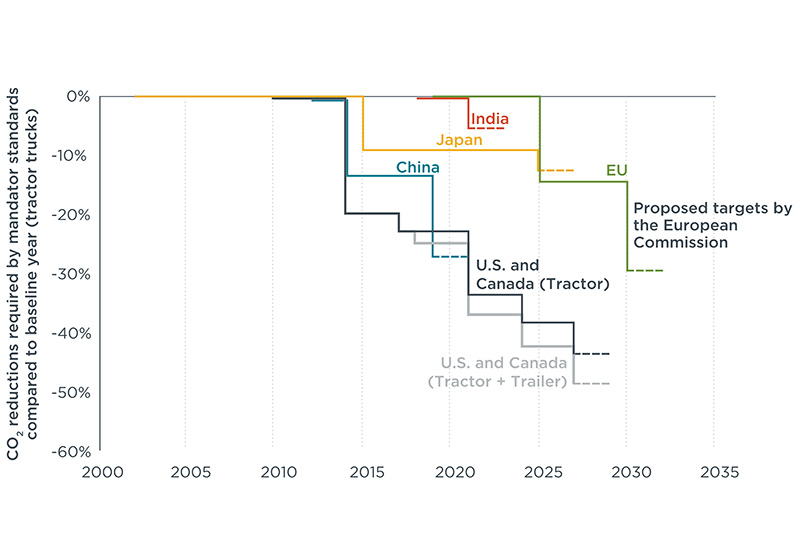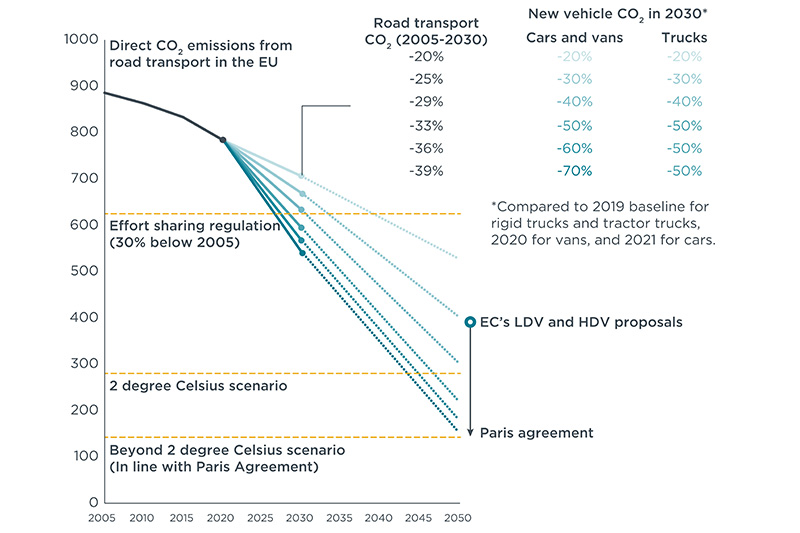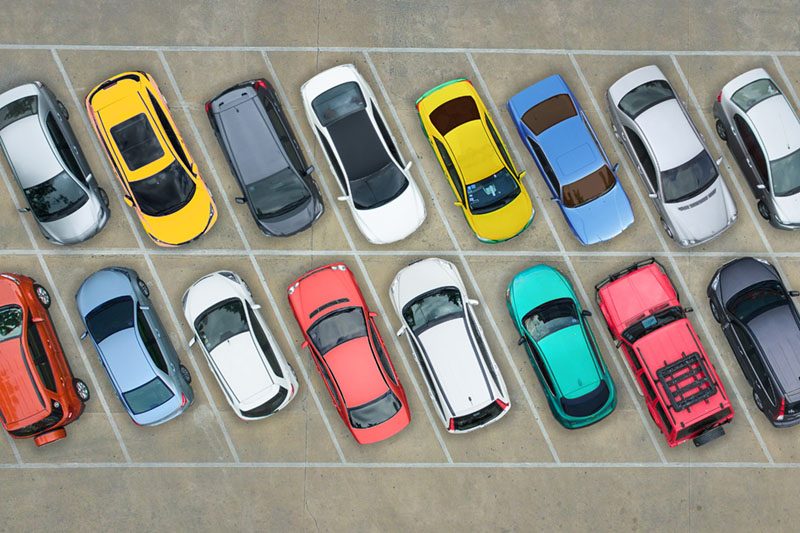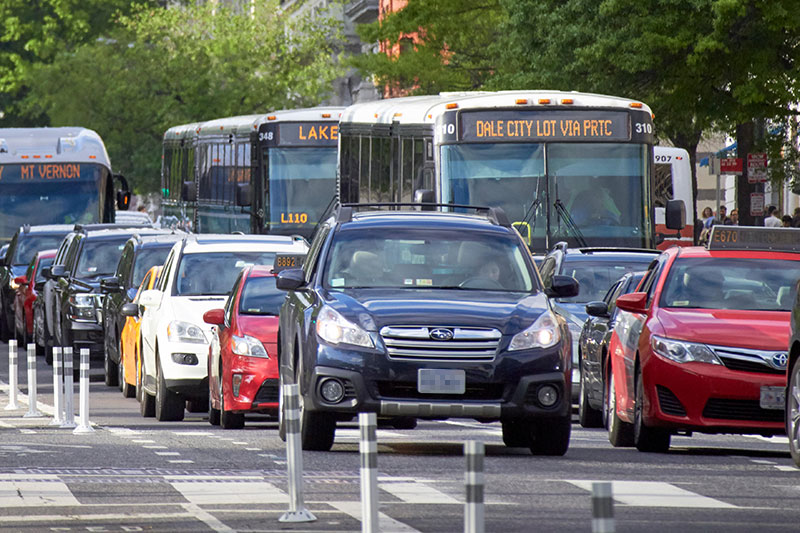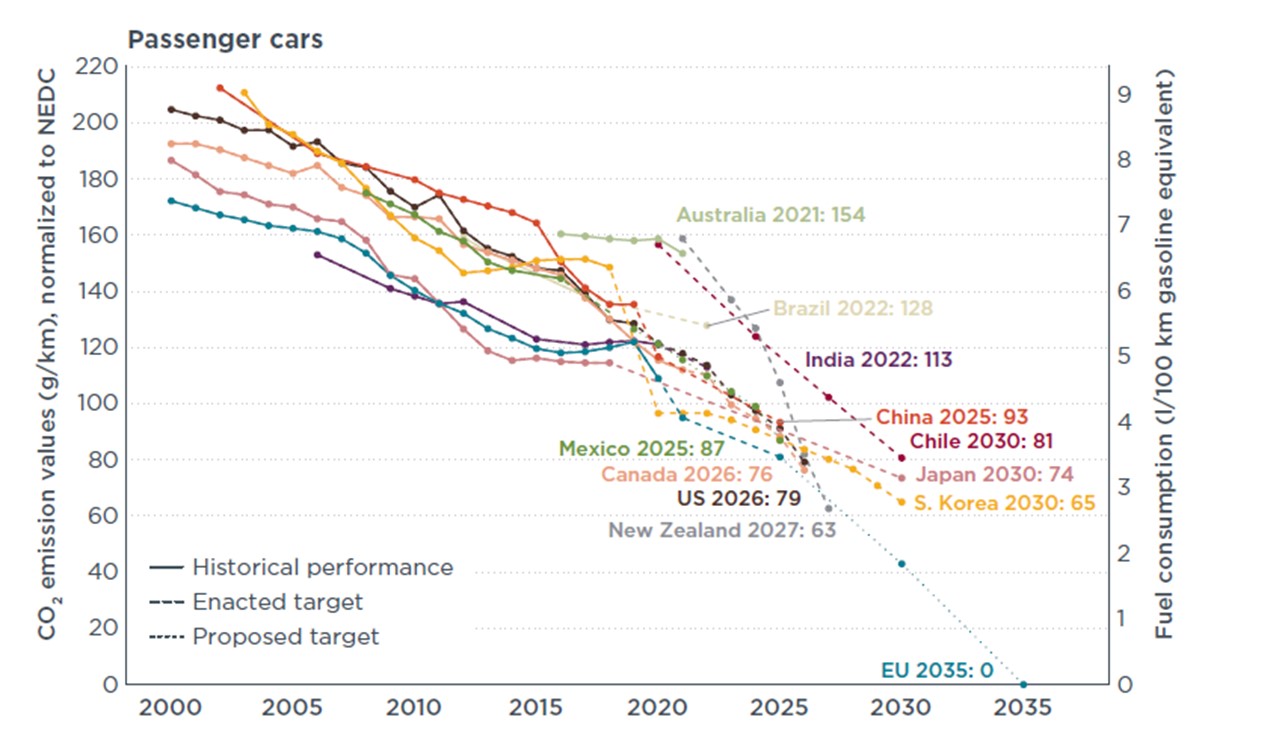The EU must go further on CO2 truck targets
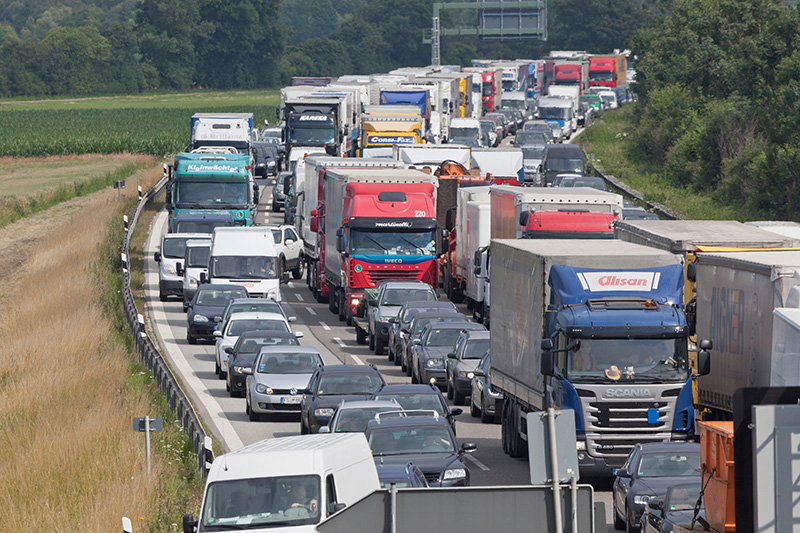
Europe’s first attempt at setting mandatory CO2 reduction targets for on-road freight vehicles is a necessary step towards meeting the climate change mitigation objectives of the European Union. Still, the proposed targets are not sufficient. Increasing the stringency of the standards would not only result in greater CO2 savings but also in a lower total cost of ownership for transport operators. It is a win-win.
The European Union in now on the path to become the sixth market to regulate CO2 emissions or fuel consumption of heavy-duty vehicles. Japan, the United States, Canada, China and India have already standards in place. In May 2018, the European Commission released a regulatory proposal for setting CO2 standards for trucks. The proposal marks the beginning of a legislative process in which the European Parliament and Council will seek an agreement to turn this proposal into law.
The Commission’s proposal sets mandatory targets to reduce the average CO2 emissions from new HDVs by 15% in 2025 and by 30% in 2030, both relative to a 2019 baseline. The baseline value is based on the certified CO2 emissions of new trucks collected under the recently adopted monitoring and reporting regulation that comes into force in January 2019.
Setting mandatory CO2 standards for trucks is a vital step towards the EU’s climate mitigation goals. However, the standards proposed are not in line with either the targets set by the Commission for non-ETS sectors, 40% below 1990 levels in 2030, nor with the targets established by the Paris agreements for 2050, to keep the increase in global average temperature to well below 2°C above pre-industrial levels.
According to ICCT’s fleet modeling, the EU could meet its short-term targets for non-ETS sector by 2030 with a CO2 reduction for new light-duty and heavy-duty vehicles greater than 40%. In the long-term, if the EU is to meet its obligations under the Paris Agreement, it must achieve a greater than 70% CO2 reduction for light-duty vehicles and close to 50% for heavy-duty vehicles by 2030.
In the impact assessment made for the regulatory proposal, the Commission estimates that CO2 reductions of 20% in 2025 and 35% in 2030 are not only technologically feasible but would result in greater economic and societal benefits. Therefore, the HDV CO2 standards should at least establish limits that make use of the entire cost-effective potential identified in the Commission’s impact assessment.
Argentina, Brazil, Mexico, and South Korea, countries where European manufacturers have a strong presence, are in various stages of developing policies to improve the efficiency of their commercial vehicle fleets. Stringent European HDV CO2 standards will have a positive influence in the policy developments in these markets. With Europe’s help, GFEI’s target of a 35% reduction in average fuel consumption of new HDV vehicles globally by 2035 will be within arm’s reach.
Links
Download ICCT’s Policy Update on Europe’s HDV CO2 standards
Download ICCT’s recommendations for improving Europe’s HDV CO2 standards
